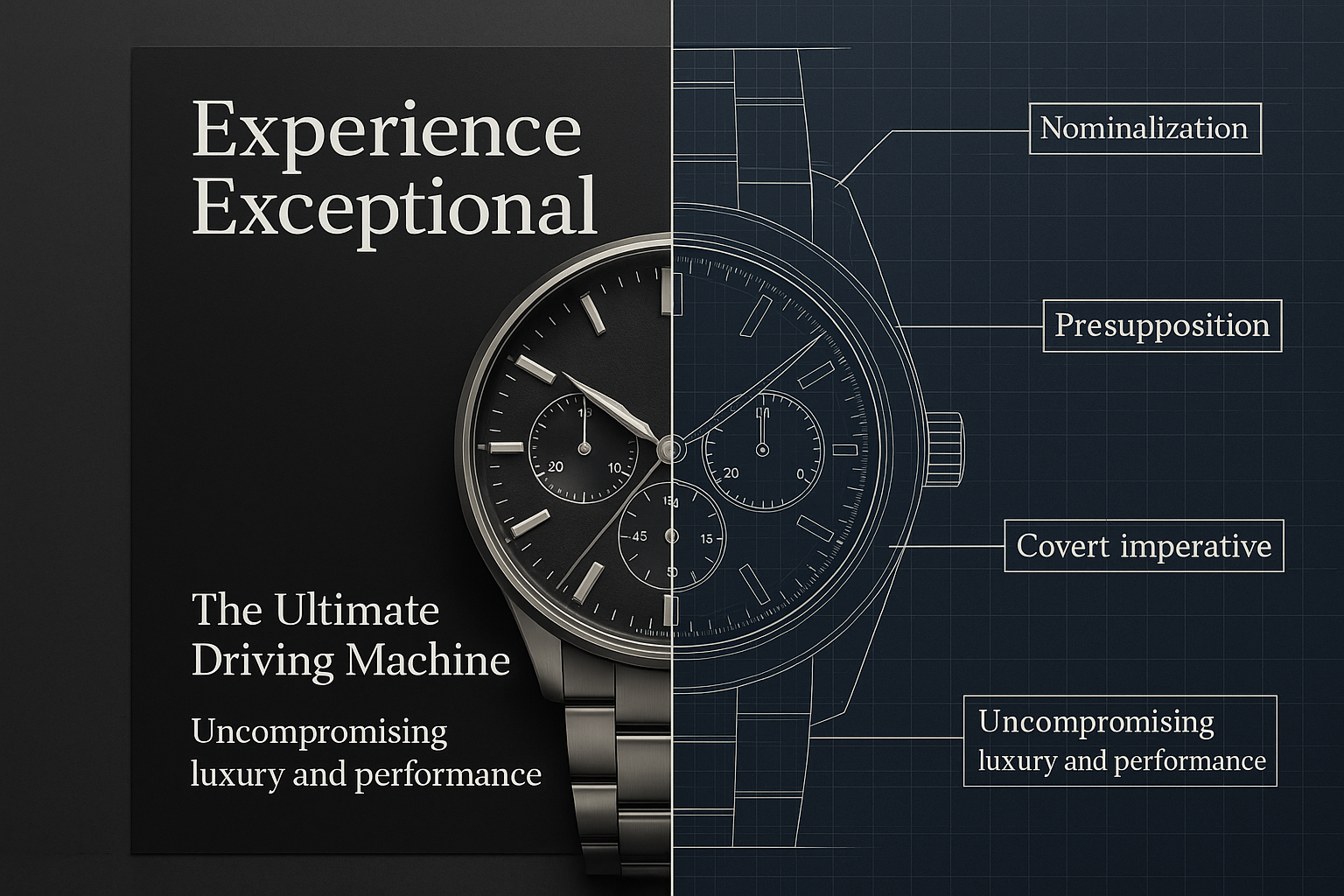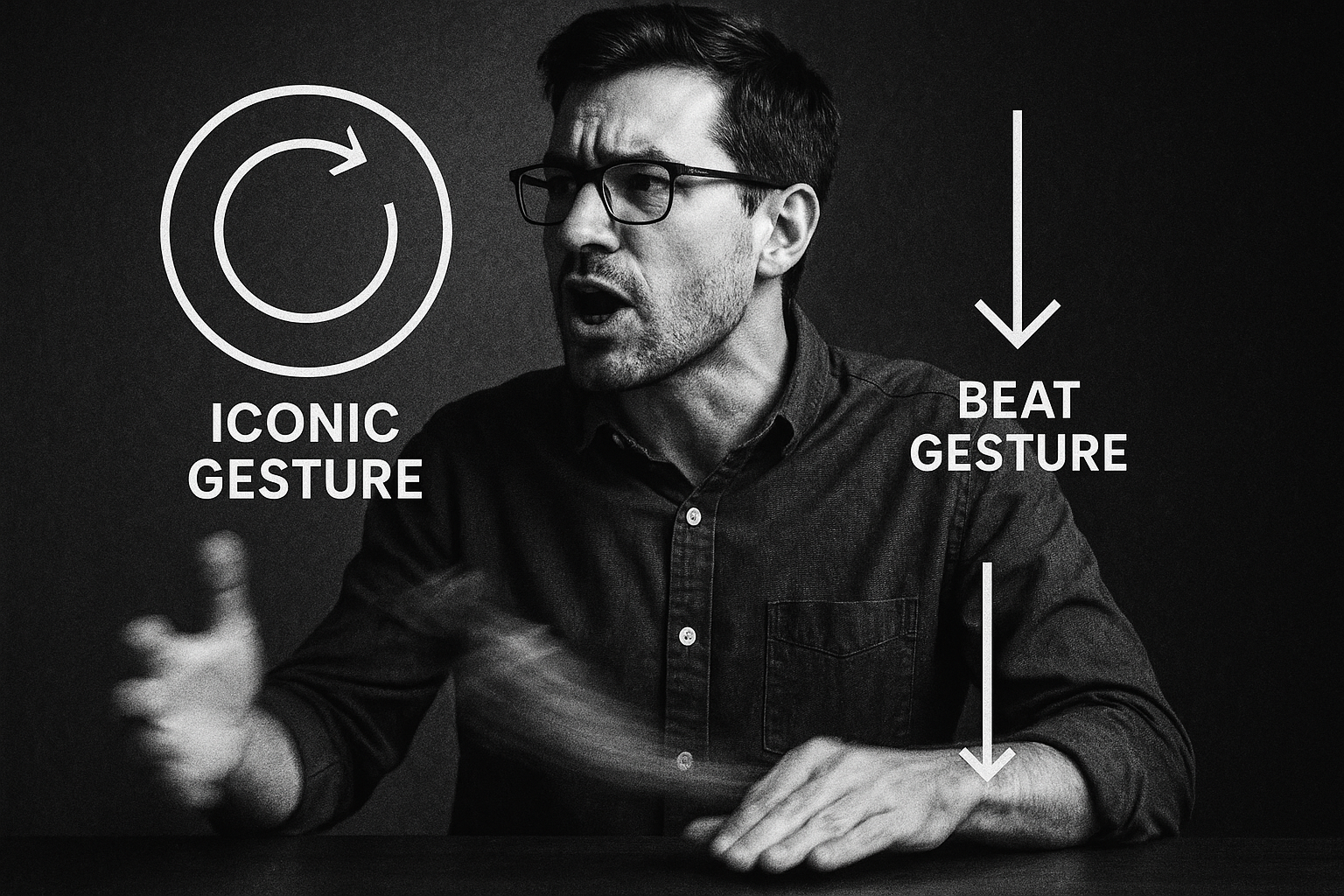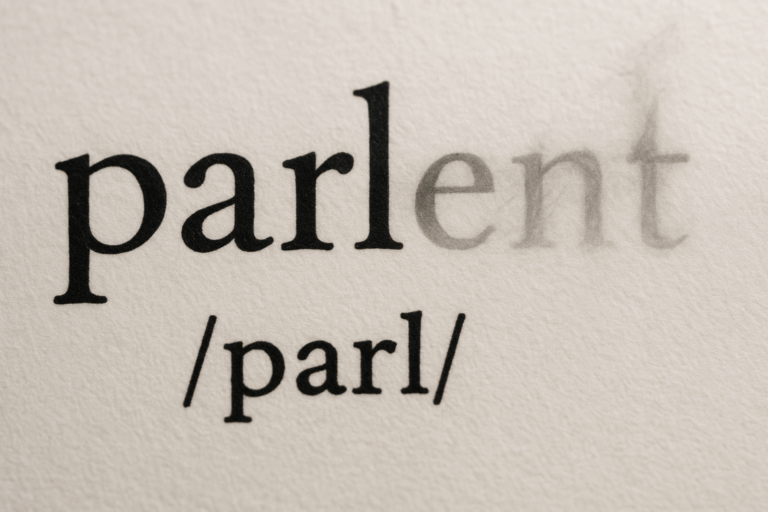You see a commercial for a new face cream. The soothing voiceover promises it “helps reduce the appearance of fine lines.” You hear a car ad that claims it offers “up to 35 miles per gallon.” You scroll past a protein bar described as “part of a healthy lifestyle.” You’ve just been expertly nudged by a series of linguistic trapdoors, and you probably didn’t even notice.
We often talk about the psychology of advertising—the use of color, emotion, and celebrity endorsements. But beneath that lies a more granular, more potent force: the specific, surgical use of language. Every word, every grammatical construction is a calculated choice designed to build desire, inspire trust, and, most importantly, remain legally defensible. Let’s pull back the curtain and dissect the hidden grammar of persuasion.
The Art of the Non-Promise: Enter the Weasel Words
At the heart of advertising language is the “weasel word.” These are the modifiers and verbs that suck the certainty out of a claim while leaving the impression of a promise. They allow a company to suggest a powerful benefit without ever having to prove it. They’re called weasel words because, like a weasel that can suck the contents out of an egg while leaving the shell intact, these words drain the meaning from a sentence, leaving a hollow, but appealing, shell.
Once you learn to spot them, you’ll see them everywhere:
- Helps/Fights: “Listerine helps fight plaque.” It doesn’t eliminate it or prevent it; it just joins the battle. Its level of success is conveniently undefined.
- Virtually: “This dishwasher leaves your glasses virtually spotless.” It’s an admission of imperfection disguised as a statement of quality. How many spots are acceptable before “virtually” is no longer true? It’s unquantifiable.
- Up To: This is a classic of sales promotions. “Save up to 70%!” A single, obscure item might be 70% off, while everything else is 5% off. The statement is technically true, even if it’s misleading.
- Can Be/Part Of: “This sugary cereal can be part of a balanced breakfast.” This statement is irrefutable. Anything *can be* part of something else. The phrase relies on the consumer to mentally picture the cereal alongside fruit and whole-grain toast, conveniently ignoring that a donut could also fill that role.
Weasel words are the linguistic backbone of plausible deniability. They create a powerful impression in the consumer’s mind, an impression that often overrides the literal, much weaker meaning of the sentence.
Syntactic Sorcery: Making You Fill in the Blanks
Beyond individual words, advertisers manipulate sentence structure (syntax) to make you an active participant in your own persuasion. One of the most common techniques is the “hanging comparative.”
Consider this slogan:
Tide gets clothes cleaner.
The immediate, unspoken question is: cleaner than what? Cleaner than they were before? Cleaner than if you used just water? Cleaner than a competing brand? The ad never says. Your brain, seeking to resolve the ambiguity, fills in the blank with the most relevant comparison: “cleaner than the detergent I’m using now.” Tide didn’t have to say it; they made you think it. This creates a more personal and convincing claim than a direct, provable comparison.
Another famous example is from Apple:
MacBook Air. Lighter than air.
This is a clever use of syntactic parallelism that leads to a figurative, legally safe claim. The first “Air” is part of the product name. The second “air” is the common noun. By comparing the two, they create a memorable, poetic line that evokes extreme lightness without making a literal, false claim that the laptop can float.
The Power of the Command: Just Read This
Notice how many iconic slogans are not statements, but commands? This is the imperative mood, and it’s a direct line to our subconscious.
- Nike: Just Do It.
- Apple: Think Different.
- Burger King: Have It Your Way.
- YouTube: Broadcast Yourself.
The imperative is simple, confident, and action-oriented. It doesn’t waste time with descriptions or qualifications. It presents a philosophy as a direct instruction. “Just Do It” is a powerful solution to the universal feeling of hesitation. “Think Different” is a call to join a tribe of innovators. By using a command, the brand positions itself not as a seller of goods, but as a coach, a guru, or an enabler. It’s a subtle shift that builds a much deeper, more identity-based connection with the consumer.
Selling States of Being: The Grammar of Aspiration
Perhaps the most sophisticated linguistic trick in advertising is turning actions and qualities into things you can own. In linguistics, this is related to the concept of nominalization—turning a verb or an adjective into a noun.
Advertisers don’t just sell products; they sell abstract concepts: happiness, security, eternity, and beauty. Look at how they do it:
L’Oréal: “Because You’re Worth It.”
They aren’t just selling hair color. They are selling the concept of self-worth. “Worth” is a noun here, a state of being that their product supposedly affirms. The purchase becomes an act of self-care and validation.
The ultimate master of this was De Beers:
“A Diamond Is Forever.”
“Forever” is an adverb transformed into a concept—a noun representing permanence, commitment, and undying love. They didn’t sell a compressed carbon crystal; they sold eternity. By linking their product to this powerful, abstract noun, they elevated it from a mere luxury item to an essential symbol of life’s most important commitments.
The Takeaway
The language of advertising is a specialized dialect of persuasion, honed over decades to be as effective and efficient as possible. It works by creating impressions, leveraging ambiguity, and speaking directly to our aspirations and insecurities. By understanding the function of weasel words, hanging comparatives, and the power of the imperative, you can become a more critical consumer. The next time an ad catches your attention, listen closely. You’re not just hearing a sales pitch; you’re witnessing a masterclass in applied linguistics, where every verb and modifier is a key designed to unlock the wallet in your head.








